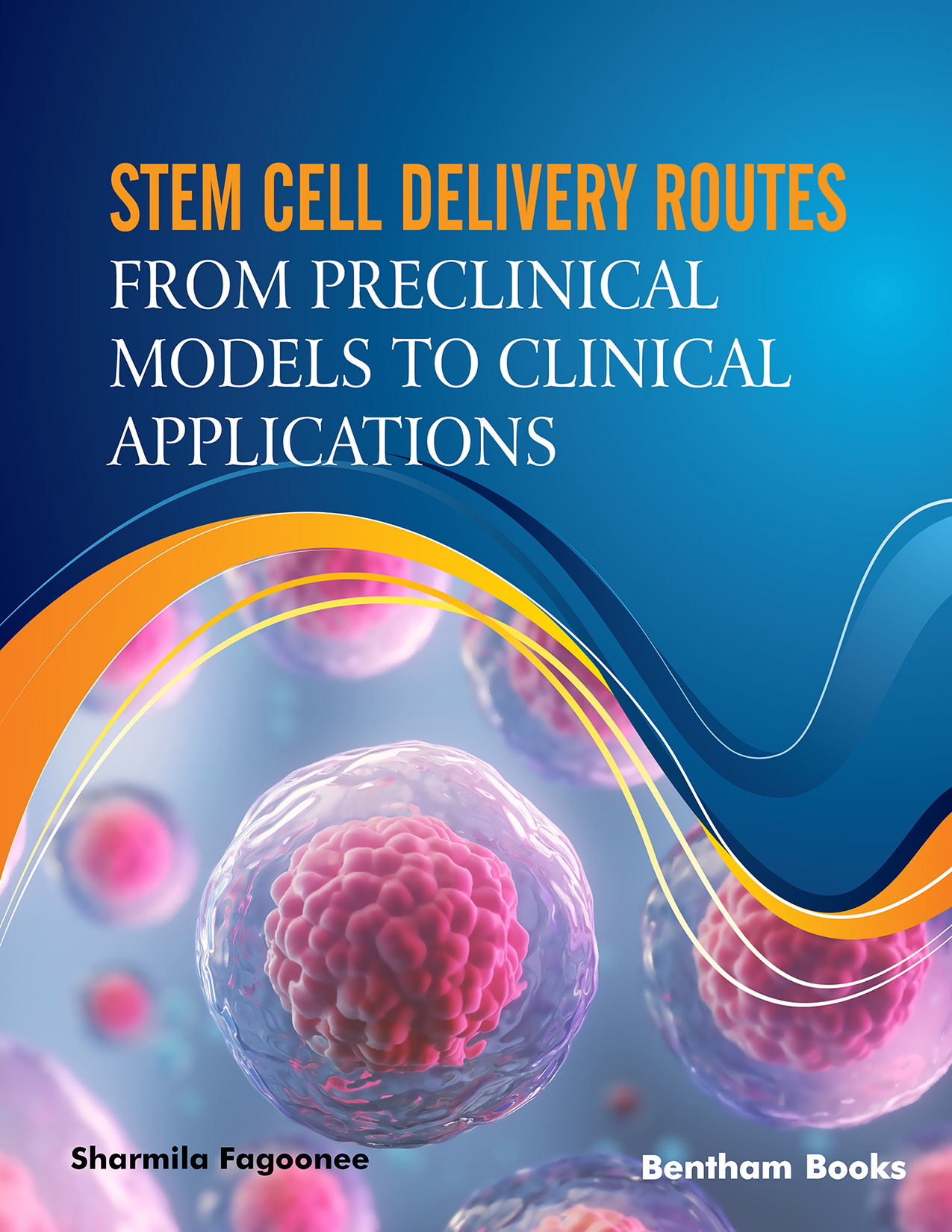Introduction
Stem Cell Delivery Routes: From Preclinical Models to Clinical Applications covers current knowledge about stem cell delivery for cell-based therapeutics. Starting with an introduction to stem cell technology, the book provides information about the main mesenchymal stem cell (MSC) delivery routes and the cell carrier materials used for delivering the cells. The main delivery routes include the liver, the kidney and the ocular surface. This introductory information is followed up with general information about stem cell based therapeutics, covering relevant topics such as the secretome and optimal delivery strategies in cell-based therapeutics. The book then progresses into the topic of in vivo cell tracking methods in preclinical and clinical studies with specific emphasis on the liver, ocular surface and kidney while also covering factors that affect the residence time, viability, and homing of MSCs with respect to the targeted location. The discussions in these chapters are accompanied by key descriptions of MSC-based therapeutic applications in rodent models and human clinical studies. The advantages and bottlenecks in clinical MSC application, and ways to improve the therapeutic efficacy of transplanted cells are also presented, rounding up the contents of the book.
Key Features
- - A comprehensive summary of stem cell delivery for cell-based therapeutics, suitable for a broad range of readers
- - 10 sequential chapters that enhance the reader’s understanding on the subject
- - An Introduction to stem cell technology
- - Coverage of 3 key stem cell transplantation routes (liver, kidney and eye)
- - Coverage of in vivo stem cell tracking
- - Inclusion of basic information about MSC delivery and methods of clinical applications
- - Discussions about preclinical mouse models
- - A perspective on stem cell bottlenecks and recent advances in biomedical engineering that enhance the clinical application of MSCs
The contents are adapted to suit readers learning about advanced stem cells therapies at all academic levels, including undergraduates, lecturers, as well as those who are curious to understand more about the importance of stem cells, and their application in cell-based therapeutics. Professionals involved in allied fields in clinical research, and biomedical engineering will also gain a substantial understanding about regenerative medicine and cell transplantation.
Audience: undergraduates, lecturers, clinical researchers, biomedical engineers (medicine, tissue engineering) and general readers interested in stem cells, and their application in cell-based therapeutics.

